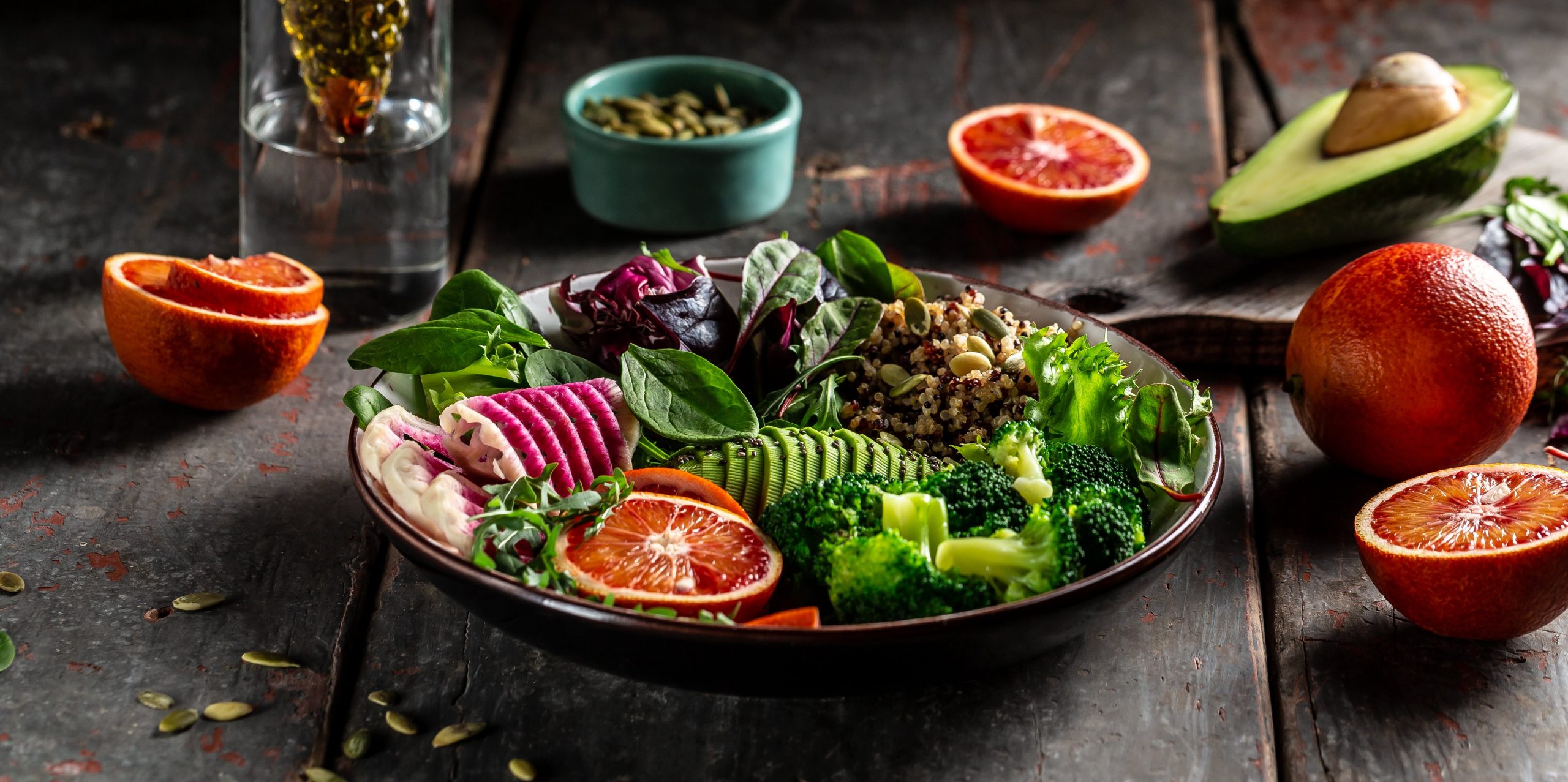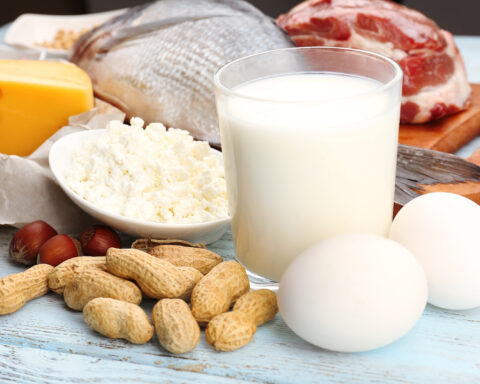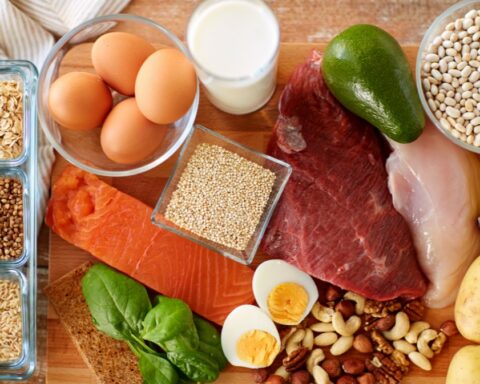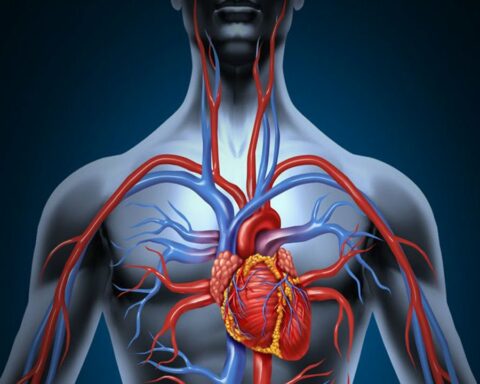Protein is one of the macronutrients and is needed for many cell functions and physiological processes. While many people think that plant-based food sources cannot provide complete proteins, eating different plant-based foods actually makes up for the body’s complete protein needs.
Proteins are important to the body for the functionality of cells and the running of various physiological processes. Amino acids are the building blocks for proteins, and there are twenty different types of amino acids. Nine of these, are called essential amino acids as they cannot be produced by the body and must be obtained from the diet. Those nine are histidine, valine, isoleucine, lysine, phenylalanine, leucine, threonine, methionine, and tryptophan. Foods with all the nine essential amino acids are termed complete protein sources. They include most animal-based protein sources such as fish, dairy, and meat.
Plants and complete proteins
While most animal-based protein sources are considered complete, most protein sources from plants do not have all the essential amino acids. Most plants lack one or several essential amino acids, and they are termed incomplete. Rice, for instance, is quite high in carbs and calories but lacks lysine essential amino acid. Eating various plant-based protein sources still makes up for the body’s need for complete proteins. For example, beans and lentils are high in lysine, and they blend well with rice and provide lysine. In such a meal, you get all the essential amino acids. Still, some people want to get nearly all amino acids in a single meal. This article shares plant-based foods that have nearly complete proteins.
i. Quinoa
Quinoa contains 8g of proteins in a 185g serving. It is considered a pseudocereal since it does not grow from grasses like do most grains and cereals. Seeing it, you might think it is couscous, but its texture is a bit crunchy, and it also has a nutty taste. Quinoa is a complete protein source and is also loaded with zin, magnesium, fibers, and many other nutrients. Besides, quinoa is free of gluten and would not trigger allergic reactions in people with celiac disease or any form of gluten allergy.
ii. Buckwheat
Although the name ‘buckwheat’ bears wheat, it is not actually a form of wheat. Still, it is another complete protein source that comes from plants. There are many ways of exploring buckwheat, including hulling the kernels and enjoy the ‘groats’ that are similar to oatmeal, grinding it and forming good flour for pancakes, or turning it to noodles like ‘soba’ that Japanese have specialized in. in whichever form you find it, buckwheat provides all the nine essential amino acids are gluten-free. Besides, it has many health benefits, including lowering blood cholesterol levels, blood pressure, and blood sugar levels.
iii. Tofu, tempeh, and edamame
Tofu, edamame, and tempeh are complete protein sources prepared from soybeans. Tofu, for instance, offers a whopping 8g of protein in an 85g serving besides iron, potassium, and calcium that it also has. Tempeh has a chewier feel than tofu and provides 11g of protein in a serving of 85g, besides potassium and fiber. Edamame refers to immature soybeans, green in color, which can be enjoyed in soups, salads, and toppings or eaten as a snack on their own. They are equally good sources of proteins, offering 8g in an 85g serving. Edamame also provides you with iron, calcium, and potassium.
iv. Rice and beans
This is one of people’s most favorite foods and one of the vegetarian and vegan-friendly complete proteins you can find around. White and brown rice are low in lysine but are rich in methionine. Beans, on the other hand, has lots of lysine but lacks methionine. When the two are combined, they complete each other and form a protein perfection that’s tasty and complete.
v. Amaranth
This is a sweet and crunchy source of protein that is versatile and can be explored in several ways. Many people grind the pseudocereal and make porridge flour, but some prefer to boil it and enjoy the crunchy and nutty texture as a side dish. People with celiac disease appreciate it as its flour is gluten-free. You also take in magnesium, potassium, and iron in the amaranth.
vi. Ezekiel bread
This refers to a form of bread whose flour is prepared by grinding spelt, millet, beans, and barley together. Developed to suffice food during shortages, Ezekiel bread became one of the best complete protein sources that vegan and vegetarians would enjoy. Since it’s made from sprouted grass, Ezekiel bread packs lots of vitamins and fibers, which is why it is more digestible.
vii. Spirulina
This alga is a cousin to the green chlorella alga and happens to be a great source of complete proteins. Spirulina is available as ground flour and tablets. The powdered form has 4g of protein in a 7g tablespoon serving. Spirulina is rich in vitamin B complex iron, copper, and several antioxidants. You can add it to soups and salads and enjoy these amazing health benefits.
viii. Seitan
First developed more than 1,000years ago, seitan happens to be one of the richest protein sources. Except for people with celiac disease, seitan is enjoyed by many. It is prepared by extracting gluten from wheat and treating it with spices and herbs. On its own, seitan does not provide all the nine essential acids as it lacks lysine. To make up for this, it is simmered in the soy-made broth, and the resulting product provides all the essential amino acids.
ix. Chia seeds
These white or black seeds absorb fluids and form gel-looking substances, which is why they are used in preparing pectin-free jams and puddings. They are versatile and have many uses. You can enjoy them as toppings in salads or add them to baked products or cookies.
x. Peanut butter sandwiches
While wheat-based bread lacks lysine hence not being among the protein sources, making a sandwich of bread and pulses like peanut butter makes up for the missing lysine. When you eat two loaves of bread with 2 tablespoons of peanut butter, you will be taking in 14g of complete protein. Besides, you will b reaping fiber which helps keep the gut microbiota healthy and lower the risk of constipation.
Conclusion
While animal-based proteins such as eggs and meat have all the nine essential amino acids, many plant-based protein sources lack one or several amino acids. However, there are some plant-based protein sources and combos that have all the essential amino acids. Find out which sources are these from the article.
- Learn to Enjoy Self-care Routine - September 21, 2023
- Jonathan Aufray’s Story - July 29, 2023
- From Public Housing To Ivy League: The Inspiring Journey of Crystaltharrell.com and its Founder - June 7, 2023









